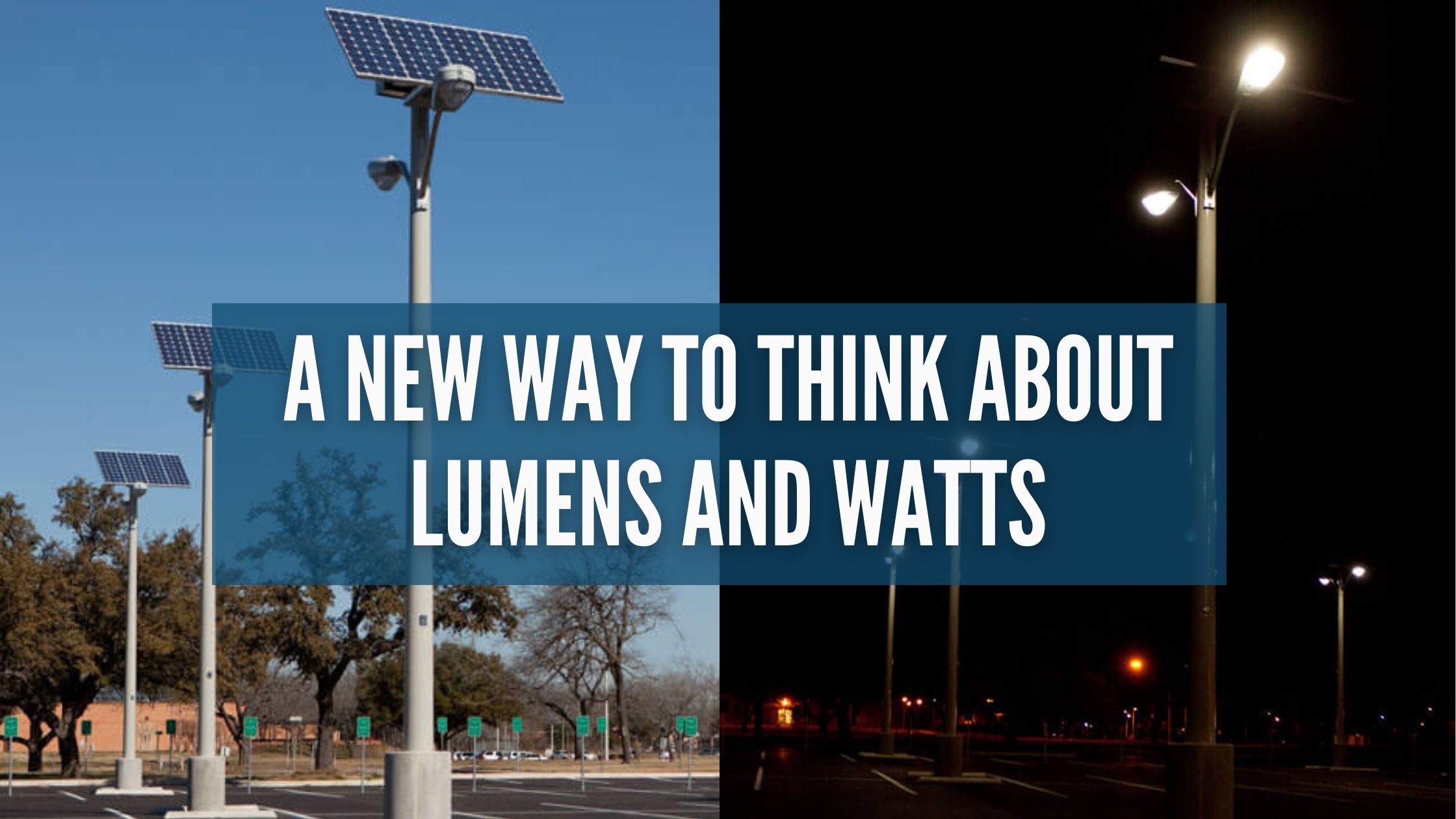I keep being asked to meet the Lumens or Watts from a HPS, MH, or just about any other type of light, but this isn’t comparing apples to apples. This is trying to compare apples to spaghetti (I love spaghetti). A while back, I wrote an article Wattage vs Lumens: Know the Difference for Better Lighting to help readers understand the difference between comparing a 400 Watt HPS lamp to a 30 Watt LED, but I think it is time to expand on that.
A Lumen is a Lumen and a Watt is a Watt; however, the two don’t really have much to do with each other in the LED world. One LED may produce only 50 Lumens per Watt, whereas another may produce closer to 100 Lumens per Watt. Therefore, one company’s 30 Watt fixture may be brighter or less bright than another company’s. Most companies publish their efficiency ratings on their specification sheets, and if you don’t find them there, contacting someone at the company or a local representative will help you determine exactly what the light output of a certain LED fixture is.
Another huge misconception is how many Lumens it will take to light a specific area. Other lamps, like some 400 Watt Metal Halide lamps, produce around 36k Lumens; however, these lumens are spread out shining in all directions, not just down. This means that only a fraction of the 36k Lumens actually reaches the area below the fixture.
Directional LEDs are very different. All of the light is directed in a specific direction and produces task-specific lighting. All Lumens are in the area they are required and not wasted in areas where they are not needed. This lowers the amount of Lumens required for a specific lighting task while also lowering the wattage of the fixture draw and the electrical requirements.
For example, a street light requires the light to be shone down on the street, possibly even on a walkway/sidewalk along the street. The light is not needed on the building across the street, nor is it needed up high in the sky. The same concept goes for a coach fixture in an HOA, a sign light, a parking lot light, etc. The light should be specified to the task that is required, and light level requirements should be figured out before determining the Wattage or Lumens that it will take to meet those requirements.
If light level requirements are unknown, then standard IES requirements for most applications can be a good starting point for just about any project. Standard IES for a parking lot, for example, is .2 foot candle average. Depending on the height of the fixture, the Lumens per Watt produced (efficiency rating), and a few other factors, this may be achieved by a range of different fixtures and fixture Wattages available.
The best way to determine what you need for Wattage and Lumens is to have a lighting plan completed. Lighting designers will place the lights where they are needed within a design and help determine what is needed to properly illuminate a space. If there is dimming being used, you can always ask for one light plan showing what the light output will be on full intensity and an additional light plan to show what the light output will be at dimming. This way you can verify exactly what the light fixtures will do at any point.
Remember, there is no one-to-one comparison when it comes to Lumens and Watts, especially when changing companies and types of lamping options. Instead of asking for an equivalent fixture, ask for a specific lighting level requirement and you will see better results. And always ask for a lighting plan if you are unsure…you may be surprised at what the lighting plan reveals.


